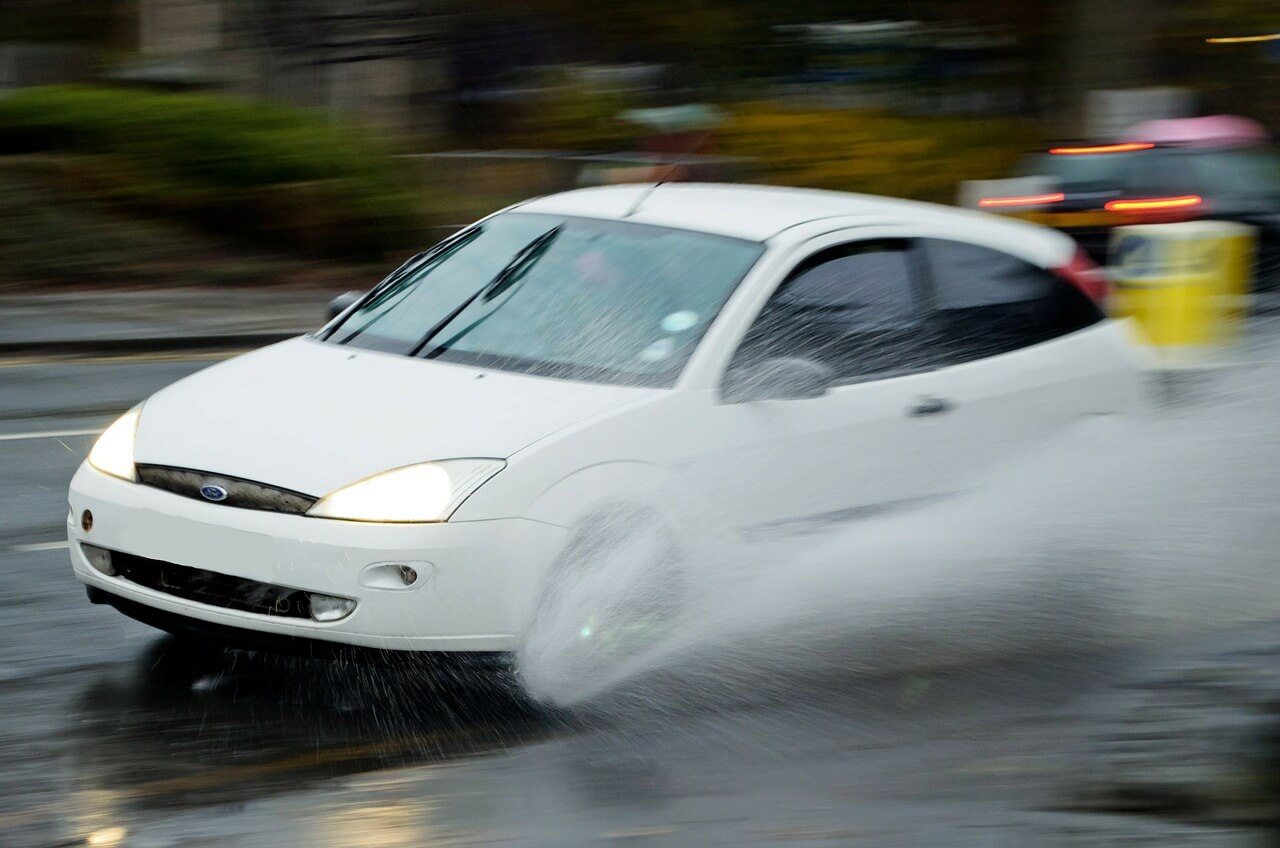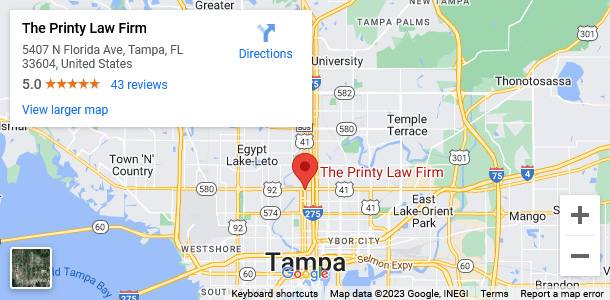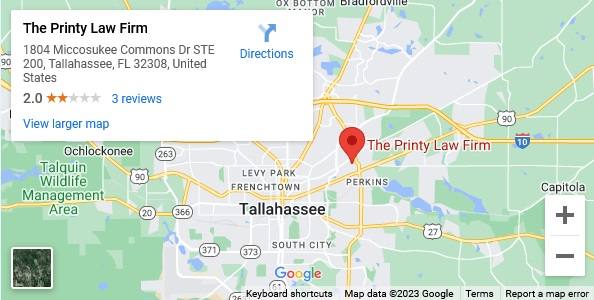How to Drive in Rain: 5 Quick Tips
Personal Injury Attorneys | Whether you live in America’s driest city or its soggiest, rain makes driving more challenging and dangerous. To help you avoid the rainy-day car-accident blues, here are 5 quick tips.
It’s April and that means April showers. No, not the Guns N’ Roses kind, but the kind that creates puddles and slick roads and makes driving more difficult.
Of the 6.3 million car accidents that happen on average each year (hello, reason #1 to get car insurance), 1.5 million are weather-related. In other words, adverse weather conditions like rain, fog, and snow contribute to 24 percent of all crashes. And 75 percent of those weather-related crashes happen on wet roads.
All of this is to say that rain makes driving dangerous. To help you avoid the rainy-day car-accident blues, here are 5 quick tips.
How to drive in rain
- Go slow. Seems like a no-brainer, but it’s worth mentioning. Speed limits are designed for normal driving conditions, when roads are nice and dry. On rain-slick roads, you’ll need extra braking distance and plenty of time to react.
- Keep your headlights on low beam. High beams actually reflect off rain, fog, and snow, making it even more difficult to see. Using your low beam headlights, however, will help increase visibility (and make you more visible to other drivers) whether it’s day or night.
- Drive in the middle lane. Driving through even a few inches of water could cause potential engine damage and hydroplaning. Since water tends to pool along the sides of the road, use the middle lanes when you can.
- Maneuver lightly. Whether you’re steering, braking, or turning a corner, a light touch will help you stay steady in slippery conditions.
- Don’t cruise (control). Using cruise control can save you money, but on rainy days it can increase your chances of losing control and hydroplaning.
- Wear polarized sunglasses (if it’s daytime). Rumor has it that wearing polarized sunglasses when driving in the rain can help increase visibility. Because polarized lenses reduce glare, they help neutralize the scattering of light (reflected glare) caused by weather conditions like rain or fog.
And if you should happen to skid or temporarily lose control, don’t slam on the brakes. Instead, take your foot off the accelerator and steer in the direction you want to go. –Esurance
For more information do not hesitate to call our Personal Injury Attorneys at Printy Law Firm | Tampa 813.434.0649 | Tallahassee 850.877.7299





